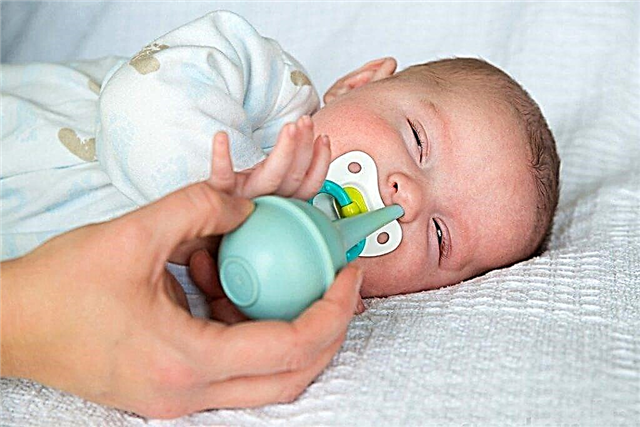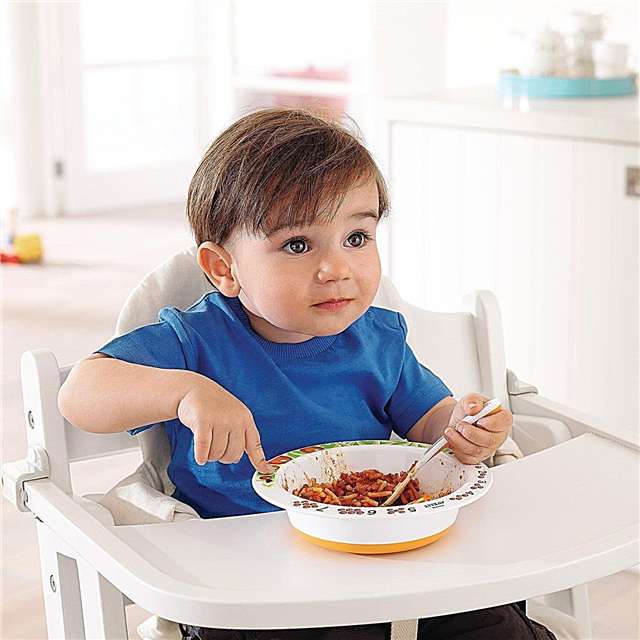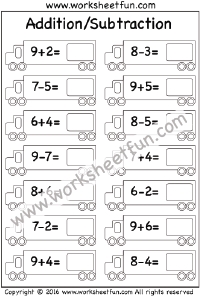
Most professional artists will say that a sketchbook is a very important, almost irreplaceable thing for any creative person. However, exceptions come across even among professionals, and it is all the more difficult for a beginner beginner to decide whether such a purchase is needed, and if so, then immediately or at a later stage. It is necessary to decide whether a child needs a sketchbook before buying such a product.


What it is?
If we proceed from the general classification, then we can say that the sketchbook, in essence, is one of the varieties of the easel. In other words, its main task is to be a conditionally vertical stand for the picture being created. After all, experts in the medical and artistic direction indicate that drawing in a seated position, leaning over a horizontal surface, is harmful and wrong.


However, there is a difference from the standard (in the understanding of most people) easel, and more than one. First of all, the sketchbook is made as compact as possible, since it is optimized for painting in the open air, that is, in the open air. This does not mean that it cannot be used indoors.
However, if you have your own studio (or just any sufficient work space), you should give preference to some more impressive model, because, due to its portable nature, the sketchbook assumes a significant limitation of the size of the canvas.


In addition, the sketchbook is not only an easel itself, but also a convenient case for storing and carrying drawing accessories. Due to the fact that both the suitcase itself and the accessories lying in it can weigh more than ten kilograms in total, the direct use of the sketchbook for its intended purpose by children is unlikely, except perhaps by older adolescent boys.


Another thing is that for beginners who are just beginning to find themselves creatively and do not have enough space for drawing at home, a sketchbook can be chosen as a measure of the primitive organization of the workplace - there is a small easel and a place for tools.


At the same time, if the kid does not abandon his hobby, it will be necessary to think not about replacing the sketchbook, but about supplementing it with a larger easel.
Kinds
Although the design itself seems extremely simple, even it has certain variable characteristics that allow you to classify such products. First of all, a children's sketchbook for drawing should be extremely light, otherwise the original purpose is simply lost. Therefore, unlike "adult" models, the body can be lightened by using smaller parts made of lighter materials.

It is assumed that the sketchbook is initially portable, however, taking into account children's needs and possibilities, its purely desktop version is not excluded, which differs from a simple table easel in the ability to store tools.


The set of a sketchbook for full-fledged work in the open air may also include a tripod, which allows you to organize a workplace even where there are no special conditions for this. At the same time, sketchbooks, like most other types of easels, do not put forward restrictions on the type of paints used.
true you need to pay attention to the methods of fastening: do they allow you to use a choice of paper or canvas in a stretcher, and if allowed, then such a purchase will fit for watercolors with gouache, and for oil painting, and for any other types of fine art.


Finally, some manufacturers offer to buy not just the sketchbook itself, but immediately as a set with everything you need - with paints, brushes, drawing paper and other accessories. Such proposals are unlikely to be interesting to professionals in this art, since the equipment here will not be higher than the standard one, however, for a beginner who does not yet know what to compare with and does not know how to choose the right one, such a solution may turn out to be optimal.
Dimensions
The dimensions of the sketchbook are limited not only by the format of the drawing, but also by the artist's ability to lift and carry such a suitcase. A small sketchbook for a child is not just a convenience, but a strict necessity. You need to choose it based not just on the kid's ability to lift such a suitcase - the artist, in search of the desired landscape and inspiration, sometimes has to walk up to ten kilometers on foot with such a box in his hands!

Consequently, the "adult" option is not recommended for children at all - except as a temporary replacement for a stationary one.
However, in pursuit of mini sizes, you need to understand that the drawings should be at least a certain size. For a child, the minimum option is a sketchbook that allows the use of standard A4 sheets. This format is very common, including in teaching children, and allows you to portray almost any plot on a normal scale. If the size of the sketchbook is even smaller, then there will be a risk of creative limitation of the child., and a little artist will simply outgrow such a gift very soon.


How to use?
When folded, the sketchbook is no different from an ordinary box, mainly rectangular in shape, which has a cavity inside for storing tools. A good sketchbook, ideally, should also be equipped with various fasteners inside, allowing you to more conveniently store the same brushes or pencils so that they do not scatter throughout the box. Inside, you can store absolutely all the necessary accessories: pencils or brushes, paints, thinner and an oil can (if necessary).


If desired, you can put paper or canvas inside, but there is always a certain risk of damage to the surface when stored together with paints or pencils.
The lid of the drawer is designed in such a way that it can be fixed in a position close to vertical, then it will replace the tablet of an ordinary easel. The design should allow adjusting the position of the lid to allow the artist to choose the optimal position, but most children's sketchbooks lack such amenities. For ease of transport, the product should be equipped with a shoulder strap and handles.


Many sketchbooks by themselves do not contain any support, representing an ordinary box. For home use, this is optimal (there is no need to spend money on an unnecessary part), but outdoor use is somewhat limited - you can use a sketchbook only if there is a convenient surface for its installation, such as a parapet.
To expand the possibilities, it makes sense to buy a sketchbook with a tripod. It is capable of folding to a flat state, so that it does not take up much space, but it will allow you to paint landscapes even far from civilization. There are sketchbooks that are immediately sold with a tripod, but in some cases it is not included in the kit, but you can buy it if necessary.


How to do it yourself?
The choice of a children's sketchbook is often complicated by two inhibiting factors at once: the high cost of finished products and the inability to choose a model that is ideal for the child. In such a situation, the easiest way out is to ask dad to assemble such a box on his own. This will work if the dad has all the necessary hand skills.

Obviously, most often, such a handmade masterpiece is predominantly wooden, because it is wood that is the most suitable and convenient material for processing. Even plywood can be used as the main wall material, if only it is strong enough to withstand the weight of the filling. The use of plywood will significantly reduce the weight of the finished product, and to strengthen the structure along the contours, a thin board and metal fittings can be used.


It is necessary to start creation by determining the size of the future product. When choosing dimensions, it is worth starting not only from the size of the paper used, but also from the size of all the necessary accessories - after all, they must fit inside the box being created.


Many artists who paint with paints and have practiced at least once creating a sketchbook with their own hands recommend building a board inside, which will be used as a palette. It, like the lid, should be able to be closed and opened, but at the same time not in contact with it. This is necessary because the artist can only have one canvas with him and it is unacceptable that the depicted on it deteriorates from the ingress of paints from the palette.
To do this, from the inside of the lid, which is used as an easel, metal stops should be provided to prevent the palette from getting too close to it. The palette itself can perform another important function - to partially protect the finished painting or the prepared canvas from contact with tools.


In order to leave yourself the opportunity to choose the horizontal or vertical position of the canvas, you can make a separate small tablet from plywood. It is important that it fits inside the sketchbook, otherwise it will be inconvenient to carry it with you. Any metal or wooden guides can be used as fixation.

An obligatory element of any sketchbook should be a lock that does not allow the contents to leave the box without permission. You can take any belt, but you need to choose a mount made on the principle of a tripod, that is, allowing a certain change in the position of the belt for transportation or drawing "hand-held".


Manufacturers
A sketchbook is not such a mass consumer product that some popular brands of its own are outlined in this area. Ideally, the choice should be made not so "by ear" as according to your own impressions of a particular model. The consumer in the chosen product should be satisfied with everything, from the appearance to the convenience of use and the supposed reliability.
That is why it is not recommended for beginners to purchase sketchbooks on the Internet. It would be much wiser to come to the store on your own and personally see the available options, evaluating them according to all possible criteria.


Nevertheless, beginners in any field traditionally seek to take advantage of someone else's experience, so the practice of choosing among already well-known brands is very common. For a long time, the products of the Podolsk plant remained one of the leaders among unpretentious newcomers. "Artist", however, recently there has been a general decline in the quality of its products. Today, increased attention should be paid to brands such as Mabef, Tahoe, Brauberg, Chernaya Rechka and Reewes.
Which to choose?
It is much more correct to choose a sketchbook not by the company that released it, but solely by the impressions of a particular model taken. A good sketchbook is:
- Housing... The product must be made of high quality wood, always free of knots and any other defects. The lightest type of wood used is linden. The simpler the design, the better, because the abundance of small parts only increases the likelihood of breakage. The lid should be fixed open so as not to close in any sudden gust of wind. If the kit includes a palette, the best option for it is plexiglass: it is much easier to clean.


- Legs. If the design of the sketchbook assumes legs, preference should be given to metal, in particular, aluminum. Such a solution has high strength, they are also often sharpened for greater stability. Wooden legs are only acceptable when used indoors. It is better to take the height with a margin so as not to bend.
It should also be understood that even the lightest sketchbook is much easier to transport in a backpack than just on a belt.


For an overview of the homemade sketchbook, see the next video.



